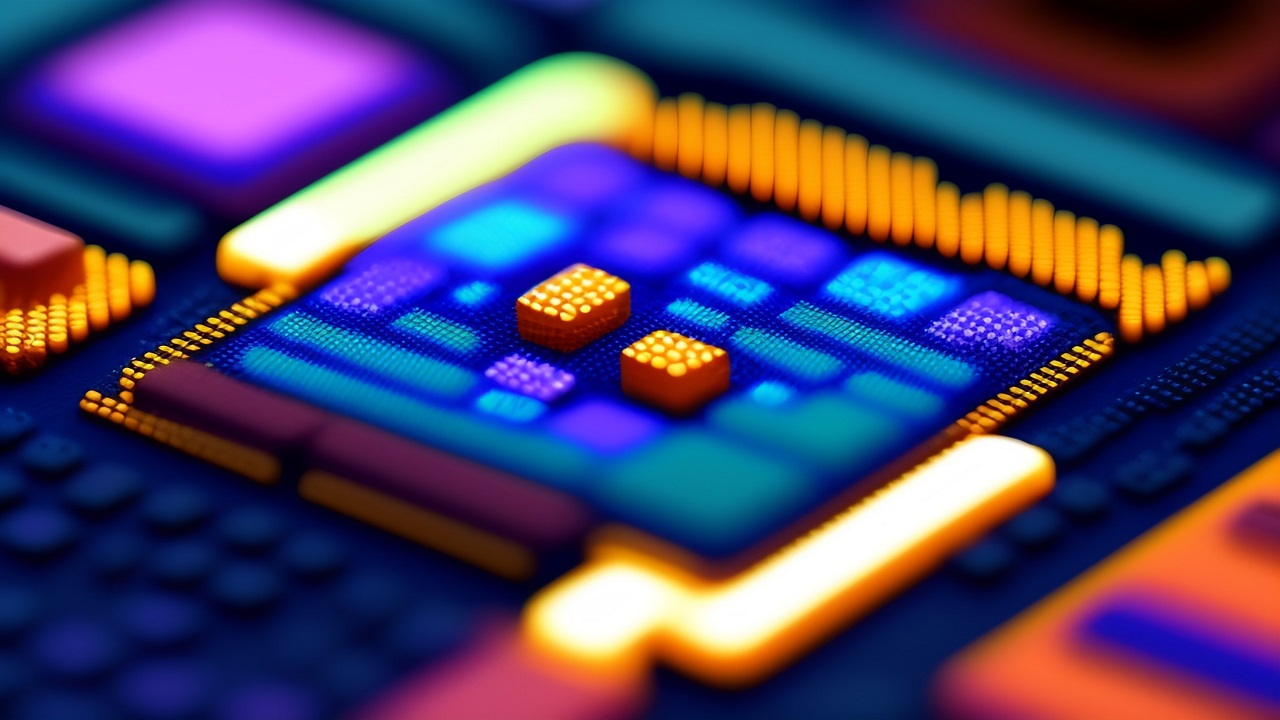The Nano-Revolution: Advancing Sensor Fabrication for a Better World
The development of nanosensors using nanotechnology has revolutionized sensor fabrication, offering unparalleled precision, sensitivity, and selectivity. Nanosensors have the potential to improve a wide range of industries, including healthcare, agriculture, and environmental monitoring. While there are still challenges to overcome, the benefits of this technology are significant, and we can expect to see even more exciting developments in the future.

The field of nanotechnology has made significant contributions to numerous industries, including healthcare, energy, and electronics. One of the most promising areas of nanotechnology research is the fabrication of sensors. These sensors can be used in a wide range of applications, from monitoring pollution levels to improving medical diagnostics. The advancement of nanotechnology has led to a new era of sensor fabrication that is revolutionizing the world we live in.
One of the main advantages of nanotechnology in sensor fabrication is the ability to create sensors that are incredibly small and precise. Traditional sensors are often bulky and can only provide data at specific intervals, while nanosensors can provide continuous data in real time. This precision and accuracy make them invaluable tools in a variety of applications.
For example, in the healthcare industry, nanosensors are being developed to detect disease biomarkers in real time. These biomarkers are specific molecules that are indicative of a particular disease or condition. By detecting these biomarkers early, doctors can begin treatment sooner, improving patient outcomes. Nanosensors can detect these biomarkers at incredibly low levels, making them a valuable tool for early disease detection.
Nanosensors are also being developed for environmental monitoring. Traditional sensors can be bulky and expensive, making them difficult to deploy in large numbers. Nanosensors, on the other hand, are small and inexpensive, making them ideal for large-scale monitoring. They can be used to monitor air and water quality, detecting pollutants in real time. This information can then be used to make informed decisions about environmental policies and regulations.
Another application of nanosensors is in the field of agriculture. Nanosensors can be used to monitor soil moisture levels, and nutrient content, and even detect plant diseases in real time. This information can then be used to optimize crop yields, reduce waste, and increase food production. Nanosensors can also be used to monitor livestock health, ensuring that animals are healthy and well-cared for.
In addition to their small size and precision, nanosensors also have the potential to be highly selective. This means that they can detect specific molecules or compounds, even in complex mixtures. This selectivity is incredibly valuable in applications such as detecting explosives, drugs, and other hazardous materials.
Nanosensors can also be designed to be highly sensitive. This sensitivity allows them to detect molecules at incredibly low concentrations, making them an invaluable tool in medical diagnostics. For example, nanosensors are being developed to detect cancer cells in the bloodstream, allowing for early cancer detection and treatment.
The use of nanotechnology in sensor fabrication has also led to the development of new materials with unique properties. For example, carbon nanotubes are incredibly strong and flexible, making them an ideal material for sensors that need to be durable and bendable. Other materials, such as graphene, have unique electrical properties that make them ideal for sensing applications.
Nanosensors can also be designed to be highly specific. This means that they can detect specific types of molecules, such as glucose or cholesterol. This specificity is incredibly valuable in medical diagnostics, where doctors need to accurately measure specific biomarkers to diagnose and treat disease.
Overall, the use of nanotechnology in sensor fabrication is revolutionizing the world we live in. Nanosensors are being developed for a wide range of applications, from environmental monitoring to medical diagnostics. Their small size, precision, selectivity, sensitivity, and specificity make them invaluable tools in a variety of industries.
However, there are still some challenges to overcome in the development and commercialization of nanosensors. One of the main challenges is the scalability of production. While nanosensors can be fabricated in small quantities in the lab, scaling up production to meet commercial demand is a significant challenge. Researchers are also working to improve the durability and stability of nanosensors, ensuring that they can withstand harsh environments and continue to provide accurate data over time.
There are also concerns about the potential health and environmental impacts of nanotechnology. While there is still much research to be done in this area, it is important that scientists and policymakers work together to ensure that the benefits of nanotechnology outweigh any potential risks.
Despite these challenges, the potential benefits of nanosensors are significant. They have the potential to revolutionize industries and improve the lives of people around the world. As nanotechnology continues to advance, it is likely that we will see even more applications of nanosensors in the future.
In conclusion, nano-revolution in sensor fabrication is a game-changer. Nanosensors offer unparalleled precision, sensitivity, and selectivity, making them an invaluable tool in a wide range of applications. From environmental monitoring to medical diagnostics, nanosensors have the potential to improve the lives of people around the world. While there are still challenges to overcome in the development and commercialization of nanosensors, the benefits of this technology are too significant to ignore. As researchers continue to advance the field of nanotechnology, we can expect to see even more exciting developments in the future.










